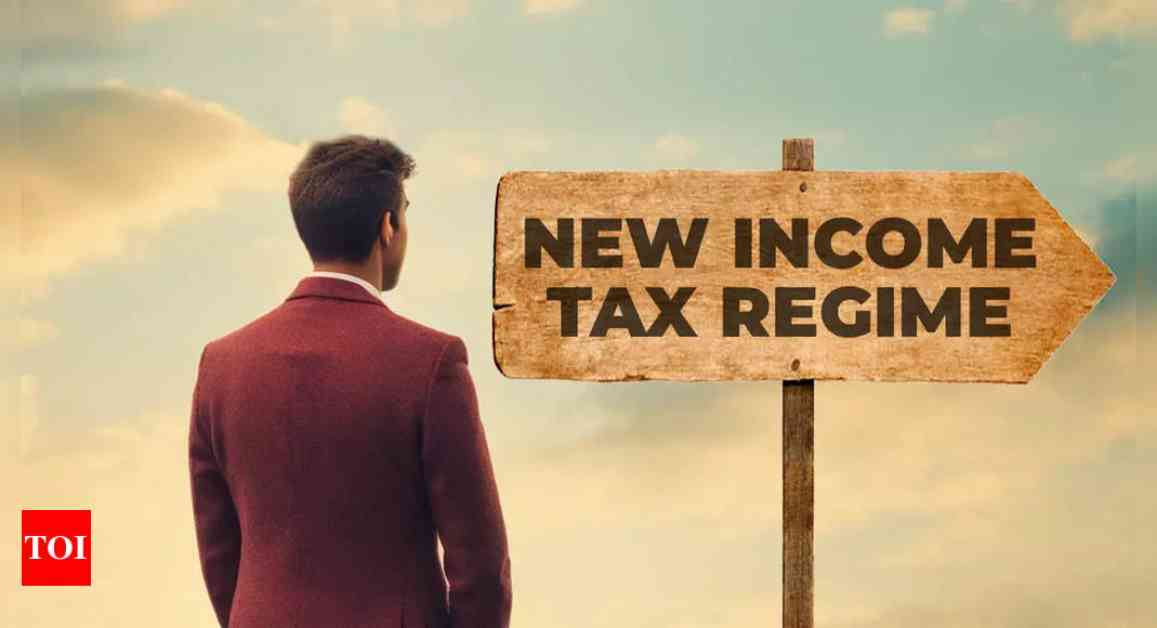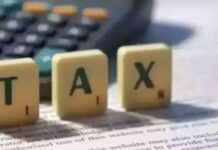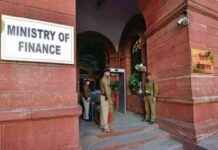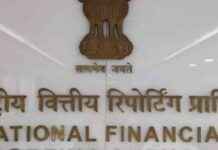As citizens eagerly anticipate Budget 2025 and its implications on income tax, the question looms large: will Finance Minister Sitharaman eliminate the old tax regime entirely? The answer remains shrouded in uncertainty, prompting reflection on the potential consequences of such a decision. The inception of the new income tax regime in 2020 aimed to streamline tax structures by eliminating various deductions and exemptions, offering reduced tax rates to incentivize its adoption. Initially met with lukewarm reception, the government gradually made the new regime more appealing through successive amendments, ultimately making it the default option. Recent data reveals a growing preference for the new regime, with 72% of taxpayers opting for it in the last fiscal year. Yet, a significant 28% still cling to the old regime, particularly those benefiting from traditional tax breaks like HRA, LTA, and 80C deductions.
### The Divide Among Taxpayers
#### Four Taxpayer Categories
Individual taxpayers can be categorized into four groups based on their annual income: those earning up to ₹15 lakh, individuals with incomes between ₹15 lakh and ₹1 crore, HNIs with incomes ranging from ₹1 to ₹5 crore, and ultra-HNIs exceeding ₹5 crore. The largest demographic, Category A, likely comprises young salaried individuals, including many millennials, who prioritize simplicity in filing and minimal documentation. On the other end of the spectrum, ultra-HNIs favor the new regime due to the lower maximum marginal rate (MMR) capped at 39% compared to the old regime’s 42.74%. However, the bulk of taxpayers fall in between, gravitating towards the old regime due to higher expenses related to housing, education, healthcare, and charitable contributions. These individuals rely on existing tax benefits to manage their finances effectively, with the standard deduction often falling short of their escalating expenses.
### The Case for Stability
As the government contemplates the fate of the old income tax regime, it must consider the implications of its abolition on various taxpayer segments. While Categories B and C may find the new regime more attractive due to substantial tax savings, Category A and some Category D individuals may struggle to offset the loss of critical deductions. Discontinuing incentives for investments in areas like housing, insurance, and savings could not only impact taxpayers but also the industries reliant on these expenditures. Therefore, a hasty dismissal of the old regime could disrupt financial planning for many individuals. Instead, the government could unveil a phased approach to transitioning to the new regime, offering lower tax rates as an incentive to encourage voluntary adoption among the middle-income group. This gradual shift would allow taxpayers to adapt their financial strategies and ensure a smoother transition to the new tax landscape.
In conclusion, while the allure of a simplified tax regime is undeniable, the government must proceed with caution to safeguard the interests of all taxpayers. By balancing the need for modernization with the preservation of vital deductions, policymakers can ensure a seamless transition that benefits the entire populace. As we await Budget 2025 and its potential impact on income tax, the importance of thoughtful, inclusive tax reform cannot be overstated.























